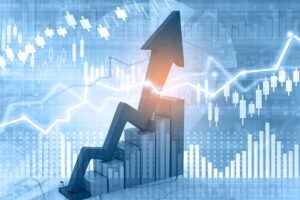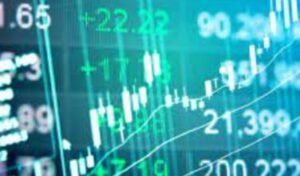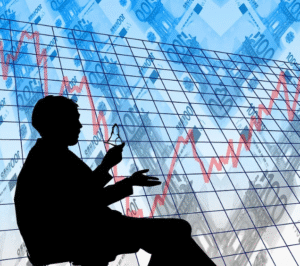$TSLA $BTC $ETH
#Bubble #StockMarket #Crypto #Investing #MarketTrends #BehavioralFinance #Sentiment #Trading #FinancialAnalysis #MarketCycle #PriceAction #InvestorPsychology
In the context of financial markets, a bubble is formed when asset prices rise far beyond their intrinsic or fundamental value, fueled heavily by exuberant sentiment rather than a rational assessment of the asset’s utility or underlying worth. The defining characteristics of a bubble often revolve around key factors such as price behavior, market sentiment, and the passage of time. Asset prices grow erratically, typically showing parabolic trajectories, as speculative enthusiasm snowballs. Retail investors, encouraged by hype or fear of missing out (FOMO), often join late in the cycle, pushing prices even higher. This virtuous loop contributes to unsustainable valuations, while the underlying fundamentals remain relatively stagnant or fail to justify such extreme movements.
Sentiment, both the driver and byproduct of bubbles, plays an irreplaceable role in this phenomenon. When investors start believing that “this time is different,” collective optimism can obscure risks and create a feedback loop of confidence. For example, during the dot-com boom of the late 1990s, companies without revenue—which lacked operational fundamentals—were able to capture astronomical valuations simply by adding “.com” to their names. Similarly, in the 2020-2021 cryptocurrency surge, assets like $BTC and $ETH saw their value skyrocket not just due to potential utility but also because of heightened speculative interest fueled by social media and retail fervor. This euphoric sentiment can last months or even years, but it becomes inherently fragile, with cracks appearing when valuations grow untethered from core realities.
Over time, bubbles can inflate further or remain dormant before unraveling with forceful corrections, triggered by changing conditions like monetary tightening or shifts in market liquidity. Historically, financial bubbles such as the Dutch Tulip Mania or the U.S. housing bubble of 2008 followed this classic pattern of rapid rise, overshoot, and final collapse. For modern-day markets, tools like quantitative easing, along with low interest rates, have prolonged the speculative phases in asset classes like tech stocks and cryptocurrencies. As such, timing becomes one of the trickiest aspects for any investor or trader trying to navigate a bubble—they may recognize one is forming but struggle to profitably adjust their strategies against an unpredictable timeline for its burst.
Importantly, understanding and spotting the dynamics of a bubble requires analyzing both price action and behavioral data, as bubbles are as much psychological phenomena as they are financial. Identifying when the broader sentiment shifts from rational to irrational can give investors early warnings, although exiting too early can mean leaving profits on the table. As historical cycles have shown, bubbles eventually burst, leading not just to significant re-pricing of assets but also broader economic dislocations affecting confidence and spending. Whether investors are trading traditional equities like $TSLA or speculative crypto assets such as $BTC and $ETH, recognizing these phases can help mitigate risks while navigating bull markets on the edge of irrational exuberance.











Comments are closed.